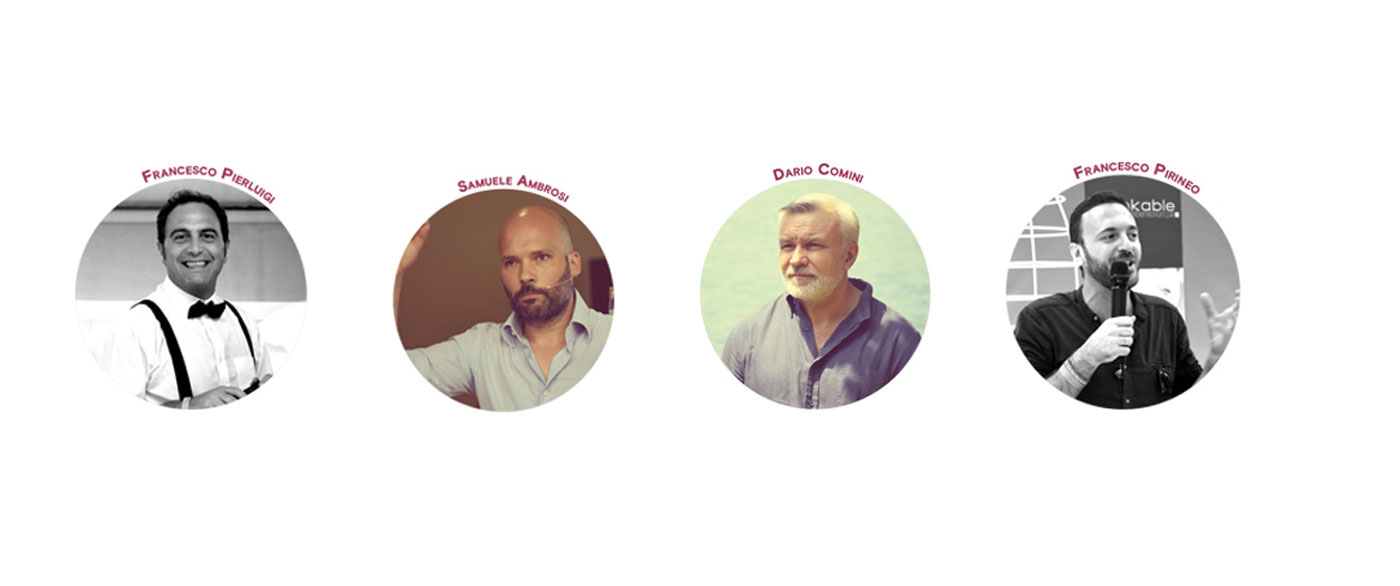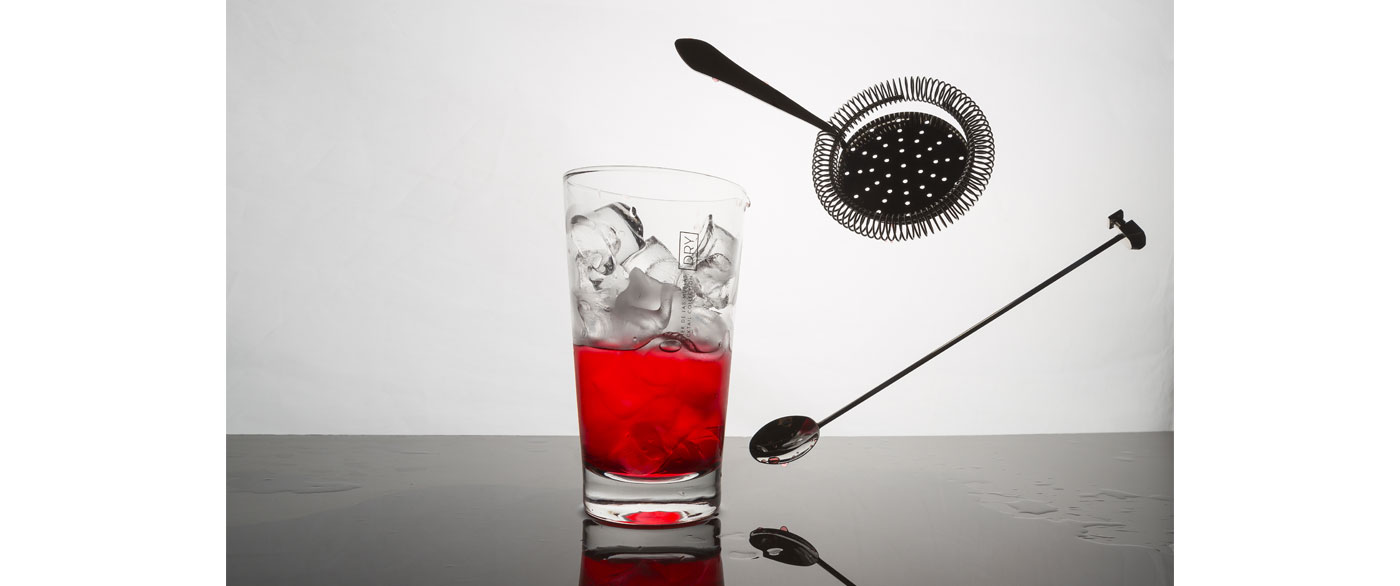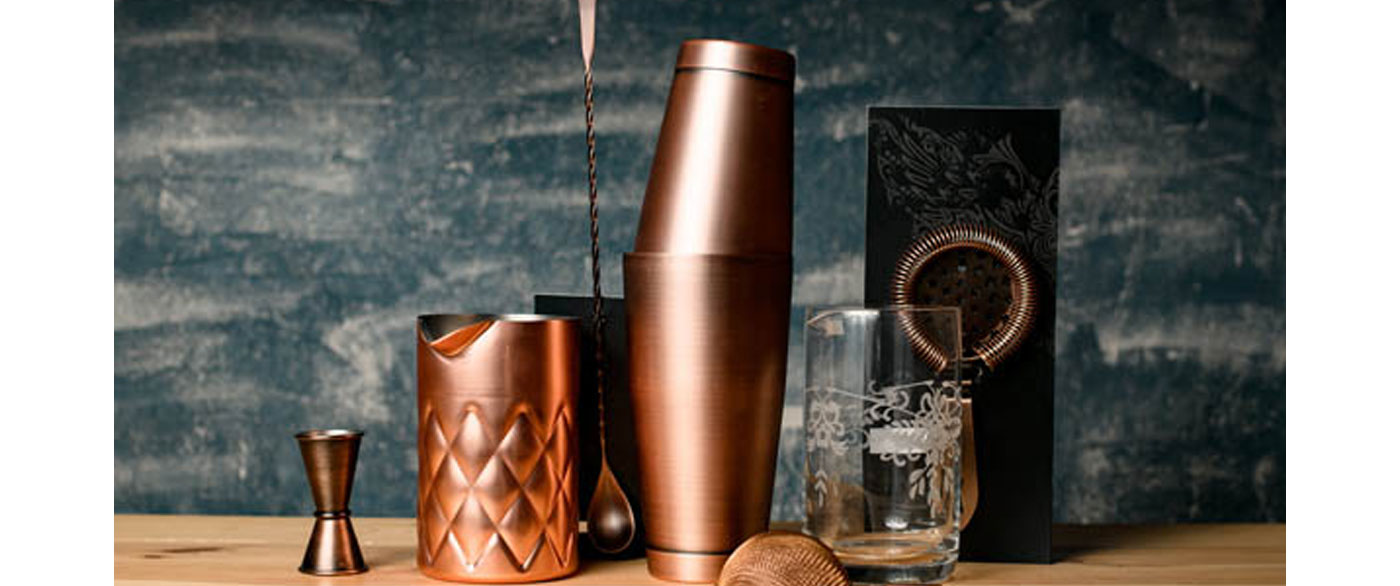What is mixing today? What are the trends in the bar world?
To help us better answer these questions, RGmania asked for the help of some friends, not only highly experienced personalities from the bar world, but also professionals who have enriched our work with a different point of view.
The first contribution is that of Francesco Pierluigi, owner of Drinkable Berebeneovunque, which deals with bar service. "Mixing today is a copy and paste of bartenders who have led the way and whom everyone is now trying to imitate," reveals Francesco Pierluigi. "In recent years, mixing has gained a lot in terms of expertise but has lost in what has always been the Italian cornerstone: hospitality. And as for new trends... "No doubt the demand for tequila-based cocktails is increasing when we cater. Gin has experienced, and is still experiencing, the height of its fame, but I think its physiological decline will not be long in coming."
The second contribution we asked for was from Francesco Pirineo, advocacy manager and brand ambassador of Caribbean Company. "The progress, the enrichment, that invests every sector, also involves the bar sector," says Francesco Pirineo. "Just look at the increasingly widespread use of therotary evaporator, new techniques such as liquid cooking and those borrowed from other sectors such as biology and chemistry. Not only that, the show is also playing its part. Now it is no longer just about pouring a martini but using throwing, as Agostino Perrone does, to charm the customer. However, this evolution also corresponds to a lighter and less professional approach by a percentage of bartenders, who do not always invest time in acquiring the knowledge necessary to use the latest products and techniques. Attention, professionalism and training must remain the cornerstones of our industry, which unfortunately has not yet made that generational transition between the old guard and the new recruits."

After Francesco, it is the turn of Samuele Ambrosi, founder of Cloakroom Cocktail Lab and CloakStudios, a human resources incubator for the bartending world. "The world of mixing has experienced more evolution and growth in the last ten years than in the last hundred, so I can only admit that this is the best historical moment to be able to approach the art of mixology, " explains Samuele Ambrosi. "On the other hand, however, the patience of learning, of human investment in a master, is lacking. I'm talking about the need to train, to work alongside a competent personality who gives a solid foundation not only on techniques but also on the management of a venue. One should give up working right away in a well-known establishment that makes a resume in order to make one's bones in the field, where one can really get down to the work behind the counter, as happens in the kitchen. Therefore, give the importance it deserves to the training course."
Last but not least, we asked for the views of Dario Comini, who needs no introduction. Just to be fair, we can say that he is the patron of Nottingham Forest in Milan, author of several volumes (or rather must-haves) in the field, and the forerunner of molecular cocktails, as well as much more. According to Dario, the real problem of the mixing era we are living is superficiality. "There isa lack of depth. A lot of kids buy my books and read about the techniques I use but don't delve into them. They read about one recipe and its implementation and immediately move on to the next, without stopping to understand more. When I give seminars this problem is very evident from the questions I get asked." As for the customers who switch to Nottingham: "They follow a lot of what is proposed in the press, the trend of the moment. If they get attached to the drink they are able to order it even for years, or decades (he says this with a smile, ed.), but they tend to be influenced by fashion."

The road to mixology renewal
So, after listening to the views of a hospitality professional, a distribution professional, a consultant and a bartender who has been working behind the bar every day for fifty years, we can say that this world needs a renewal and a vision of the future that takes into account all the lessons that the last century of mixing has left us, in order to improve even more and experience that propulsive drive that is essential for the start of a new era.

What is the indispensable tool of the bartender?
We asked all our interviewees one last question: what is the bartender's fundamental and indispensable tool?
Francesco Pierluigi answers, "Without a doubt, the chevron, the most fascinating of bar products, which now seems to have inexplicably disappeared."
Francesco Pirineo states, "The metal pour. I don't even need to think about it, I am convinced of it. It is an instrument that has never changed since its birth. Sure, the quality of materials has improved, but it has always remained the same and reliable product that allows you to work with precision and speed. It is an essential aid that allows you to optimize performance to the maximum."
Samuele Ambrosi says, "The jigger, for two reasons. The first concerns the actual administrative management of the premises: the jigger allows the control of consumption, to avoid waste, to make a comparison between in and out, between the bottles that are bought and those that are consumed. The second, on the other hand, concerns the alignment of flavors: if I set a recipe with certain ingredients and dosages, using the jigger allows for uniformity, so that the recipe looks the same whoever is behind the counter. Of course, the final touch plays its part, but the margin of difference will result as little as possible by using the jigger."
Dario Comini reveals, "Without a doubt, the immersion blender. It allows me to oxygenate, create smoothies and the great classics, but also to create the bases for recipes that can be made directly in the glass. It is a product that makes me develop 80 percent of the work."
Article published in the July-August issue of Mixer magazine.
